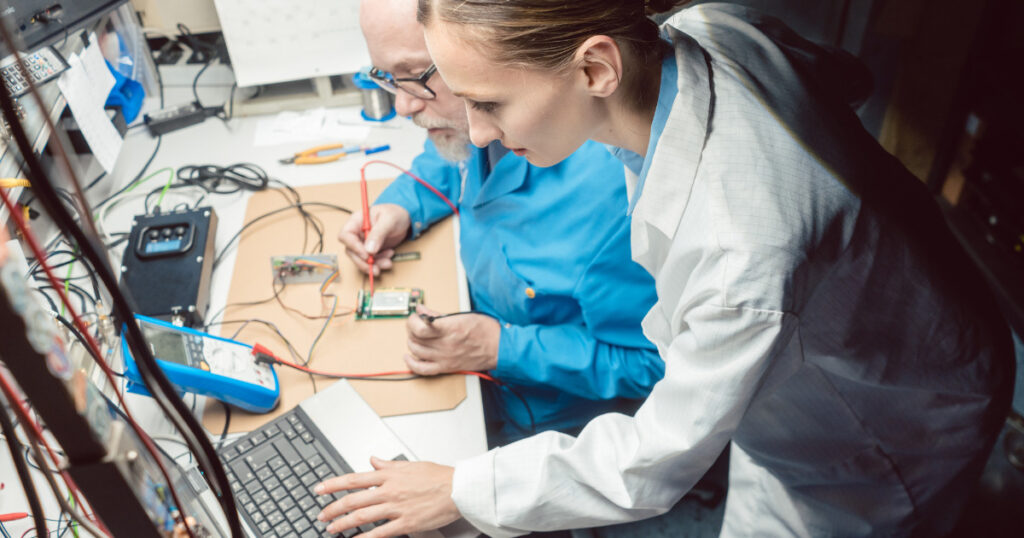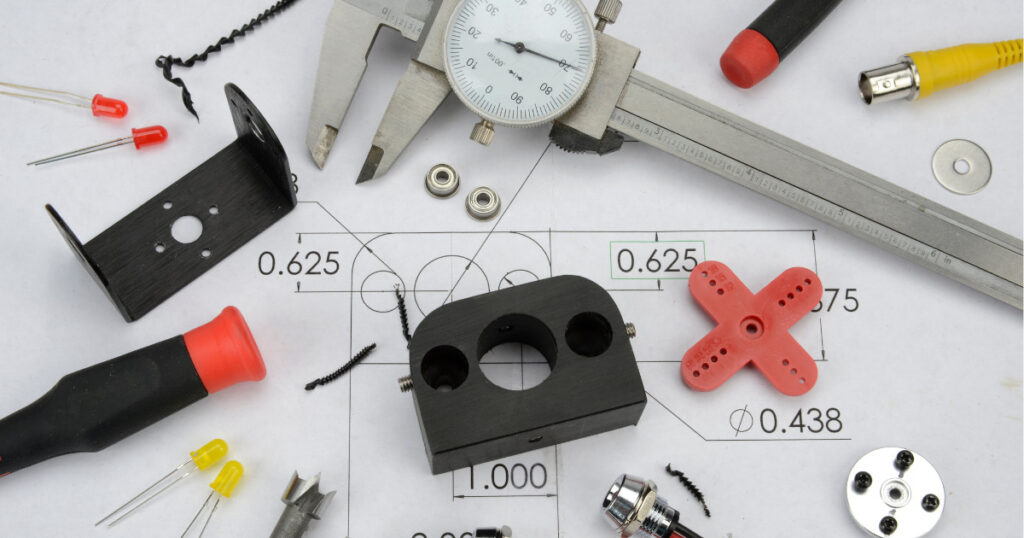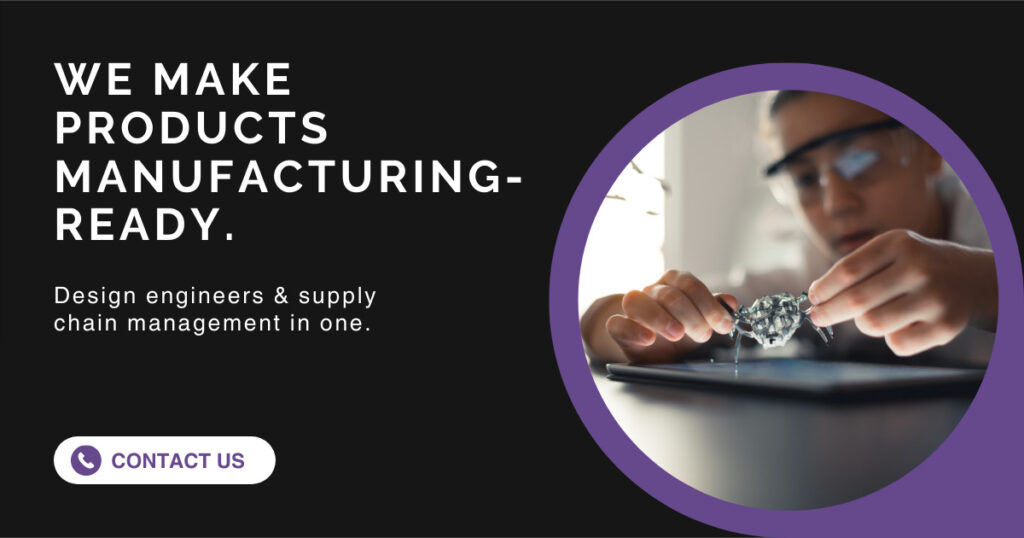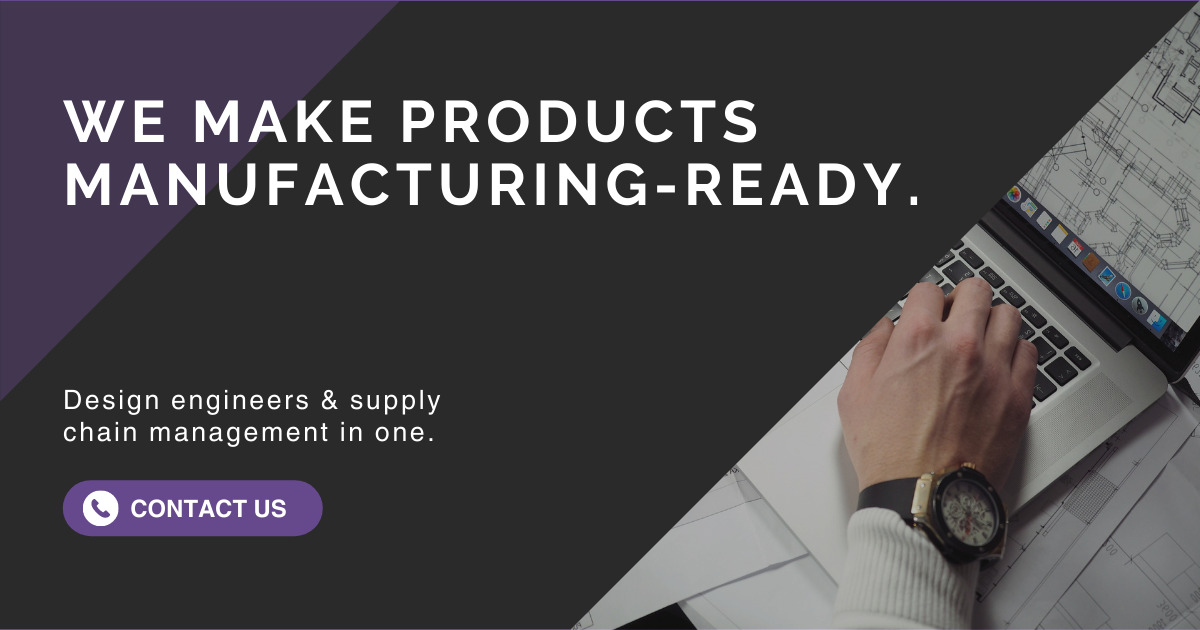In the rapidly evolving business environment, companies continuously strive to develop and launch new products faster than their competitors. Speed to market is a key differentiator, but rushing the product development process can result in costly mistakes.
In this article, we will delve into the challenges businesses face while striking a balance between speed to market and mitigating production or field failure rates, providing examples to illustrate these concepts in action.
The Balancing Act: Competitive Advantages
Speed to market provides many advantages, but the risks associated with moving too fast cannot be ignored. Striking the right balance between speed and failure rates is crucial for long-term success.
Balancing speed to market with the potential risks associated with moving too fast offers several competitive advantages for businesses:
- Increased market share: Companies that can bring their products to market faster are better positioned to capitalize on new opportunities and trends, ultimately capturing a larger market share. This advantage can be especially significant in industries characterized by rapid technological advancements and changing consumer preferences.
- Establishing Brand Recognition: By consistently delivering high-quality products, your company can both maintain and expand brand recognition. By delivering high-quality products that meet customer expectations in a timely manner, companies can foster brand loyalty and differentiate themselves from competitors.
- Reduced long-term costs and improved profitability: Efficient product development processes can help businesses reduce costs in the long term, both in terms of production expenses and the potential losses associated with product failures. Speed to market isn’t necessarily cheaper in the near term, but you will get to market faster by being efficient with your money spent. Investing in effective development will payoff vs. just trying to get there fast. These long-term lower costs can lead to improved profitability, providing businesses with the resources to invest in growth and innovation.
- Agility and adaptability: Companies that successfully balance speed and risk are often more agile and adaptable, allowing them to respond more quickly to changing market conditions, customer needs, and competitive pressures. This flexibility can be a valuable competitive advantage in today’s fast-paced business environment.
- Enhanced innovation: By minimizing failures and optimizing product development processes, companies can foster a culture of innovation, encouraging employees to explore new ideas and take calculated risks. This can lead to the development of groundbreaking products and solutions that set businesses apart from their competitors.
- Improved customer satisfaction: By focusing on minimizing field failure rates during product development, a company can have more satisfied customers. Delivering high-quality products on time and addressing potential issues proactively demonstrates a commitment to meeting customer needs, which can result in better brand positioning and increased customer retention.
- Greater supply chain resilience: Having foresight on long-lead components and materials allows a business to plan ahead for production needs and can lead to more resilient supply chains. By proactively identifying and addressing potential vulnerabilities, businesses can minimize the impact of supply chain disruptions and maintain a competitive edge in the market.
Companies that can successfully navigate this delicate balance will be better positioned to capture market share, maintain a strong brand reputation, and drive long-term growth and success.

The Importance of Speed vs. Risks of Moving Too Quickly
The ability to bring a new product to market quickly can set a company apart from its competitors, allowing it to capture market share and satisfy customer needs promptly.
However, speed alone is not enough. Companies must also focus on delivering high-quality products that meet customer expectations. Rushing the product development process can lead to a host of potential problems, including reduced production yield, defective products in the field, missed deadlines, and disappointed customers.
To avoid such consequences, companies must invest time and resources in thorough planning, testing, and validation. By doing so, they can ensure that their new products meet quality standards, avoid costly setbacks, and maintain a competitive edge in the market.
Let’s dive deeper into some of the specifics of how to strike a balance.

Striking a Balance: Design & Development
Foresight based Risk Mitigation
Proactive risk mitigation plays a crucial role in striking the right balance between speed and failure rates in product development. By implementing proactive measures, companies can minimize the likelihood of failures, reduce potential losses, and ultimately, speed up their product development process.
To begin with, conducting thorough market research is vital in identifying customer needs, preferences, and emerging trends. This information can help companies tailor their products to better address the specific requirements of their target audience, thereby reducing the risk of product failure.
Furthermore, understanding the competitive landscape can help businesses identify opportunities and areas where they can differentiate themselves from their competitors. In this way, market research contributes to the overall speed of product development by enabling companies to make more informed decisions to design a product that people want to purchase. Research also helps companies avoid potential missteps like developing products too similar to others already on the market, killing your differentiation potential from the start.
It is also crucial for companies to define product requirements before initiating the development process. Defining product requirements involves understanding how the product will be used, where it will be used, when it will be used, and what it will be used for. This information will guide the design process and ensure that the product meets the specific needs of its target audience. Companies should also conduct user testing during the design phase to iterate when failures are found and test again.
Early identification of potential problems allows companies to make necessary adjustments to their designs, reducing the likelihood of costly delays or revisions later in the development process. This proactive approach ultimately contributes to a more efficient and streamlined product development cycle. By engaging in comprehensive risk assessments and anticipating potential challenges, businesses can develop contingency plans and strategies to address these issues before they escalate.
Maintaining open communication with stakeholders, including suppliers, customers, and internal teams, is essential for effective risk mitigation. Regular communication helps ensure that all parties are aligned and informed about the project’s status, goals, and potential risks.
Conducting thorough market research, defining product requirements, engaging in comprehensive risk assessments, and maintaining open communication with stakeholders are all essential elements of proactive risk mitigation. By adopting a proactive approach, businesses can avoid potential missteps, develop products that meet the needs of their target audience, and ultimately achieve success in their respective markets.

Efficiencies for speed
Efficient processes play a vital role in expediting a company’s product development stages without sacrificing quality. By streamlining and optimizing the product development process, companies can reduce the time and resources required to bring their products to market while also ensuring that the products meet the desired quality standards.
One example of an efficient process that can expedite a company’s product development stages is the use of automation in product testing. By automating the testing process, companies can test their products more quickly and efficiently while also reducing the risk of human error.
Companies may also consider outsourcing the management of product development to help leverage efficient processes. Outsourcing product development can help businesses save time and money by allowing them to focus on their core competencies. By outsourcing non-core activities like product development, companies can free up internal resources to concentrate on other critical areas like marketing and customer service. This can help companies improve their overall business performance and drive growth.
Furthermore, outsourcing product development can enable businesses to access a broader talent pool, which can lead to faster and more innovative product development. By working with experienced professionals from outside the organization, businesses can benefit from a fresh perspective and new ideas. Moreover, outsourcing can provide access to cutting-edge technologies, allowing businesses to stay up-to-date with the latest trends in their industry. In today’s fast-paced business environment, being agile and adaptable can be a significant competitive advantage, and outsourcing product development can help businesses achieve this.
Overall, outsourcing companies typically have direct experience, established processes and procedures in place for risk management, and quality control, which can help businesses navigate the complexities of product development more efficiently.

Product Testing & Validation
Rigorous product testing and validation are essential in ensuring that products meet the desired quality standards and customer expectations, thus playing a critical role in product development planning.
You may have heard the old adage “You don’t have the time to do it right, but you have the time to do it twice”. Well, outsourced companies like Zebulon Solutions work hard to do it right the first time.
These testing processes help companies identify and address potential issues early in the development cycle, reducing the risk of failure and allowing for a faster time to market. To achieve this, businesses can employ various testing methods throughout the development process:
- Simulations: Computer simulations and virtual testing environments can be used to analyze the performance and reliability of a product under different conditions, such as stress tests or interactions with other factors. These simulations help companies predict how a product will perform in real-world situations, allowing them to address potential issues proactively and ensure that the final product meets the requirements.
- Prototypes: Creating physical prototypes of a product allows companies to assess its design, functionality, and usability in real-world environmental or gather user feedback. Prototyping helps identify potential design flaws or areas for improvement, enabling businesses to make necessary adjustments before moving forward with full-scale production.
- Iterative Testing: An iterative approach based on the product requirements we discussed earlier can lead to more efficient product development, reducing costly delays and revisions. Every version of the design needs to be tested against requirements to ensure no weaknesses are created and the design meets the requirements. A big part of this process is making sure there is a breakdown of the subsystems or features to isolate them. You can then test if they function properly before integrating testing as a whole, especially on complex or highly featured designs.
- Focus groups and user testing: Gathering feedback from target customers and users is essential in validating a product’s appeal, usability, and overall satisfaction. By using prototypes to conduct focus groups, surveys, or user testing sessions, companies can gain valuable insights into how their product is perceived by their target audience and identify any areas that need improvement. This feedback can be instrumental in refining the product and ensuring that it meets customer needs and expectations.
Pebble, a small smartwatch company, utilized crowdfunding and rapid prototyping to develop and launch its hardware products at a faster pace. By incorporating iterative prototyping, Pebble was able to identify potential design flaws, implement improvements, and bring their product to market more quickly. This approach allowed them to compete with larger tech companies, such as Apple and Samsung, in the smartwatch market.

Fully Ready for Production – getting it right to gain speed but lower failures
Before initiating full-scale production, companies should ensure that their new product is fully prepared for the manufacturing process. This should include finalizing the design, securing the necessary materials and equipment, and training staff.
Wyze, a small company known for producing affordable smart home devices, emphasizes the importance of thorough preparation before initiating full-scale production. The company invests in rigorous testing and prototyping, as well as collaborating closely with their suppliers to ensure that all necessary materials and components are available when needed.
This approach enables Wyze to bring their hardware products to market more quickly, without sacrificing quality or reliability, allowing them to compete with larger companies in the smart home market.
Taking these steps can help companies gain speed without sacrificing quality. By being fully prepared for production, businesses can reduce the risk of delays and minimize failures, ultimately improving their chances of success in the market.
Striking the right balance between speed and reducing product or field failure rates in product development is crucial for long-term success. By implementing efficient product development processes and proactive risk mitigation strategies, businesses can accelerate their speed to market while minimizing the risk of failures.
Companies that successfully balance these competing demands will enjoy a competitive advantage in the market, capturing market share, and delighting customers with high-quality products that meet their needs and expectations.
